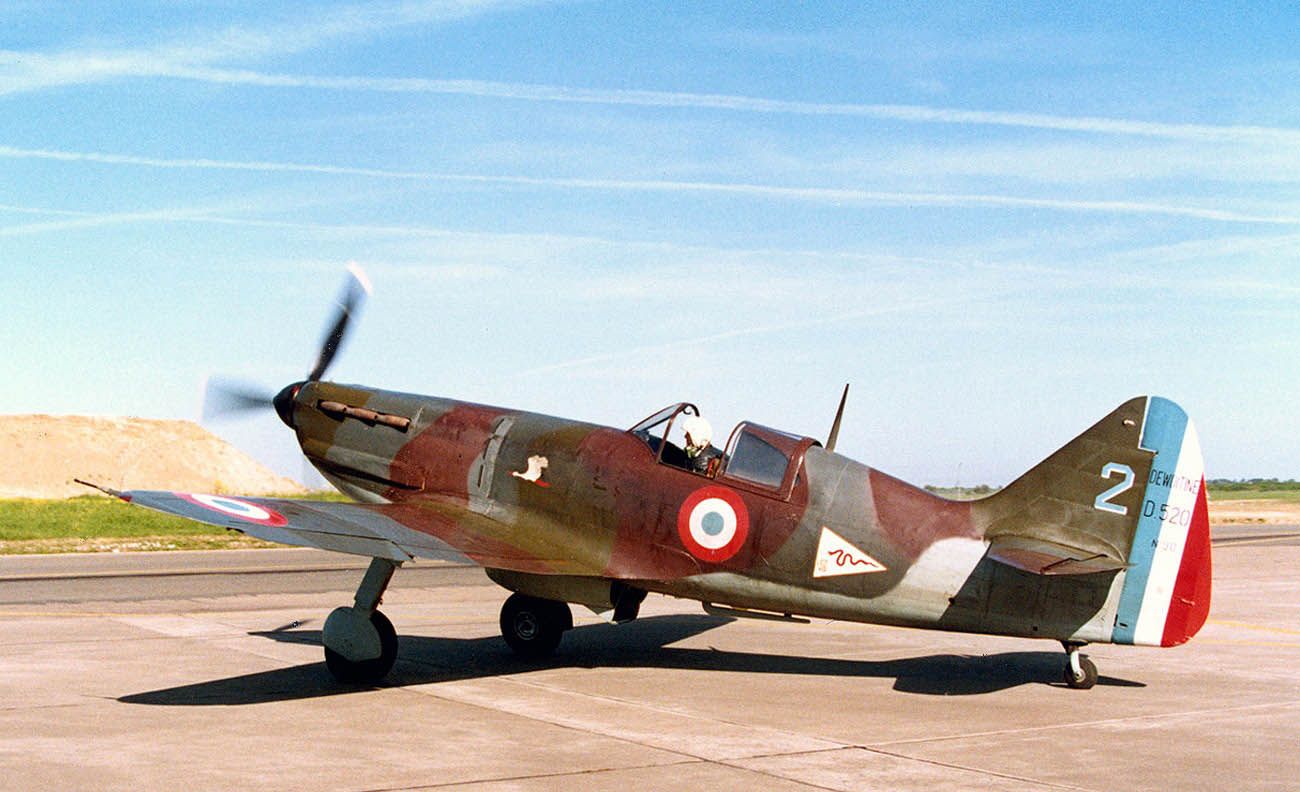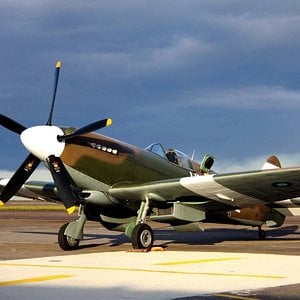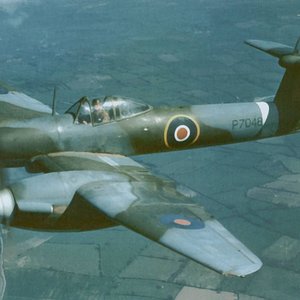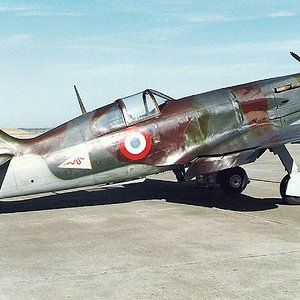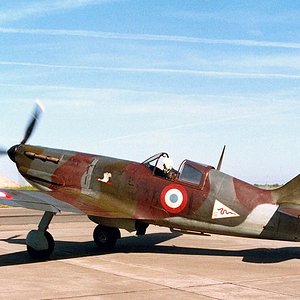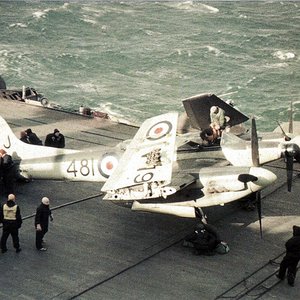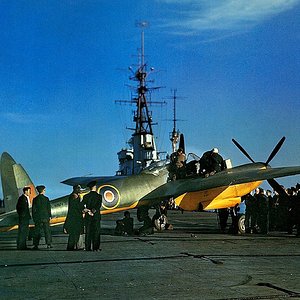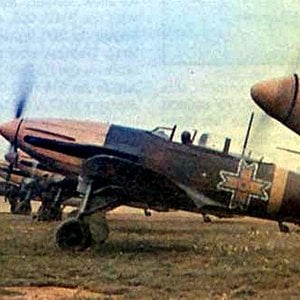Navigation
Install the app
How to install the app on iOS
Follow along with the video below to see how to install our site as a web app on your home screen.
Note: This feature may not be available in some browsers.
More options
You are using an out of date browser. It may not display this or other websites correctly.
You should upgrade or use an alternative browser.
You should upgrade or use an alternative browser.
ewoitine 520
Although slightly slower than the Messerschmitt Bf 109 and the Supermarine Spitfire E 1, the Dewoitine D 520 was the point of view of handling a slight advantage over the German aircraft.
The British fighter was also itself a little less agile than the Bf 109 E. Despite these qualities and suitable weapons, the Dewoitine D 520 does, however, played a minor role during the Second World War. The reason is simple: the development of newer French aircraft was so slow that very little had reached the standard units before the capitulation of France in June 1940.
D 520 design started in 1936 under the direction of Émile Dewoitine. Despite the absence of any agreement on the part of the French Air Ministry, the project was redesigned in 1937 to be adapted to the specifications issued in January of the same year. Three prototypes were ordered, and first flew in October 1938 with an engine of 890 hp Hispano 12Y21 resulting blade propeller wood and radiators in the wings.
During testing, the wing radiators were replaced by a ventral radiator, and a two-bladed propeller bladed, which greatly increased the speed. Vertical surfaces were also enlarged and the unit was commissioned in series in March 1939.
The motor for series devices was 12 Y 51 of 1100 horses, but it was not available, it was necessary to use 12 Y 45 of 910 horses. The first production aircraft flew in November 1939, which was a non-standard equipment, as received 12Y31 engine, a one-piece curved windshield, a tail skid and armament consists of two drums machine guns in the wings supply .
The second series aircraft was in all respects in accordance with the standard type. At the time of the German invasion in May 1940, the production of D 520 hunters had reached 100 units per month, but only one unit Fighter Group third, was operational. Other units were retrofitted in D 520 during the campaign, but no effect on the outcome of the Battle of France.
However, despite their early entry into service, the D 520 of the Air Force obtained good results in the fight, being credited with 108 confirmed victories and 39 probable loss of 54 of their own. Seven Italian aircraft contained in the confirmed victories. Towards the end of the campaign in France, most of the units that flew on D 520 did move to North Africa to avoid capture by the Germans.
At the time of the armistice in June 1940, about 437 D 520 had been built, and production of D 521 was about to begin. The D 520 had received a Merlin engine 111 hp with 1030 where it reached 560 km / h at 5500 meters, but the project was rejected in November 1939.
Other versions of D 520 were successively: the Hispano engine D 524 12 Z 89 ter of June 1940, which reached 610 km / h, the engine 12 D 523 Y 51 May-June 1940, D 520 Z September -December 1941, with an improved exhaust, a train and a reinforced heat exchanger instead of the oil cooler, SE 520 12 Z Z motor of 1600 horses in February 1943 that did not fly, D 550 record motor 12 Y crs from June 1939 to February 1940, which reached 700 km / h.
Type
single-seat fighter
Engine
1 Hispano-Suiza 12 Y 45 12-cylinder liquid-cooled V 930 hp and 850 hp takeoff at sea
Armament
1 barrel Hispano-Suiza HS 404 20 mm 60 rounds fed and firing through the propeller hub and four machine guns M 1939 MAC 1934 7.5 mm to 500 rounds per gun in the wings
Speed
535 km / h at 5000 m and 425 km / h at sea level
Cruise
485 km / h at 4000 m
Rate of climb
720 m / min and 6000 m 8mn59s
Ceiling
10 250 m
Autonomy
890 km to 370 km / h at 5100 m, maximum 1540 km 370 km / h at 5100m
Weight
2122 kg empty, 2676 kg load, 2787 kg maximum
Span
10.12 m
Length
8.75 m
Height
2.57 m
Wing area
15.97 m2
Crew
1
Although slightly slower than the Messerschmitt Bf 109 and the Supermarine Spitfire E 1, the Dewoitine D 520 was the point of view of handling a slight advantage over the German aircraft.
The British fighter was also itself a little less agile than the Bf 109 E. Despite these qualities and suitable weapons, the Dewoitine D 520 does, however, played a minor role during the Second World War. The reason is simple: the development of newer French aircraft was so slow that very little had reached the standard units before the capitulation of France in June 1940.
D 520 design started in 1936 under the direction of Émile Dewoitine. Despite the absence of any agreement on the part of the French Air Ministry, the project was redesigned in 1937 to be adapted to the specifications issued in January of the same year. Three prototypes were ordered, and first flew in October 1938 with an engine of 890 hp Hispano 12Y21 resulting blade propeller wood and radiators in the wings.
During testing, the wing radiators were replaced by a ventral radiator, and a two-bladed propeller bladed, which greatly increased the speed. Vertical surfaces were also enlarged and the unit was commissioned in series in March 1939.
The motor for series devices was 12 Y 51 of 1100 horses, but it was not available, it was necessary to use 12 Y 45 of 910 horses. The first production aircraft flew in November 1939, which was a non-standard equipment, as received 12Y31 engine, a one-piece curved windshield, a tail skid and armament consists of two drums machine guns in the wings supply .
The second series aircraft was in all respects in accordance with the standard type. At the time of the German invasion in May 1940, the production of D 520 hunters had reached 100 units per month, but only one unit Fighter Group third, was operational. Other units were retrofitted in D 520 during the campaign, but no effect on the outcome of the Battle of France.
However, despite their early entry into service, the D 520 of the Air Force obtained good results in the fight, being credited with 108 confirmed victories and 39 probable loss of 54 of their own. Seven Italian aircraft contained in the confirmed victories. Towards the end of the campaign in France, most of the units that flew on D 520 did move to North Africa to avoid capture by the Germans.
At the time of the armistice in June 1940, about 437 D 520 had been built, and production of D 521 was about to begin. The D 520 had received a Merlin engine 111 hp with 1030 where it reached 560 km / h at 5500 meters, but the project was rejected in November 1939.
Other versions of D 520 were successively: the Hispano engine D 524 12 Z 89 ter of June 1940, which reached 610 km / h, the engine 12 D 523 Y 51 May-June 1940, D 520 Z September -December 1941, with an improved exhaust, a train and a reinforced heat exchanger instead of the oil cooler, SE 520 12 Z Z motor of 1600 horses in February 1943 that did not fly, D 550 record motor 12 Y crs from June 1939 to February 1940, which reached 700 km / h.
Type
single-seat fighter
Engine
1 Hispano-Suiza 12 Y 45 12-cylinder liquid-cooled V 930 hp and 850 hp takeoff at sea
Armament
1 barrel Hispano-Suiza HS 404 20 mm 60 rounds fed and firing through the propeller hub and four machine guns M 1939 MAC 1934 7.5 mm to 500 rounds per gun in the wings
Speed
535 km / h at 5000 m and 425 km / h at sea level
Cruise
485 km / h at 4000 m
Rate of climb
720 m / min and 6000 m 8mn59s
Ceiling
10 250 m
Autonomy
890 km to 370 km / h at 5100 m, maximum 1540 km 370 km / h at 5100m
Weight
2122 kg empty, 2676 kg load, 2787 kg maximum
Span
10.12 m
Length
8.75 m
Height
2.57 m
Wing area
15.97 m2
Crew
1

